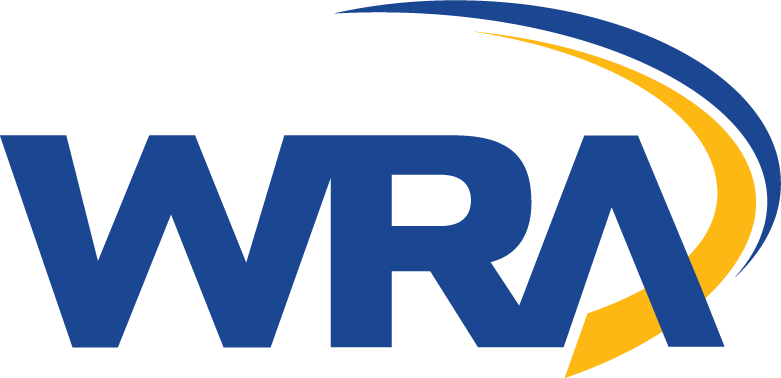MD 295 Third Lane Widening. Linthicum, Maryland.
The Maryland State Highway Administration initiated the MD 295 (Baltimore-Washington Parkway) widening project to add a third freeway lane northbound and southbound, from I-195 to I-695. The WRA team’s primary challenge was to add this capacity while providing a design worthy of this designated scenic byway, setting an aesthetic standard for the corridor, meeting all technical requirements, and containing project costs. Using an integrated team approach, the design avoided right-of-way acquisition and preserved mature forest on both sides of the highway. For visual and environmental reasons, a four-foot asphalt and six-foot stabilized topsoil shoulder were used instead of a standard ten-foot wide left asphalt shoulder to reduce pavement areas. Visual impacts of traffic barrier were reduced by establishing clear areas next to the road, using cable barrier where possible, and minimizing lengths of standard metal guardrail.
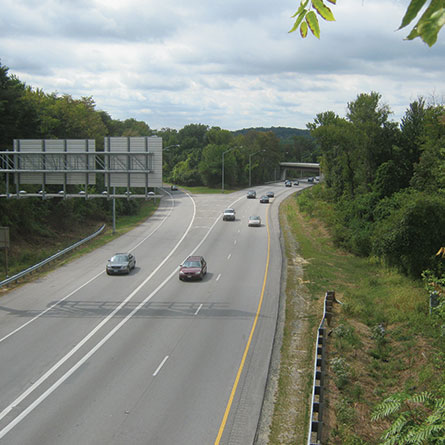
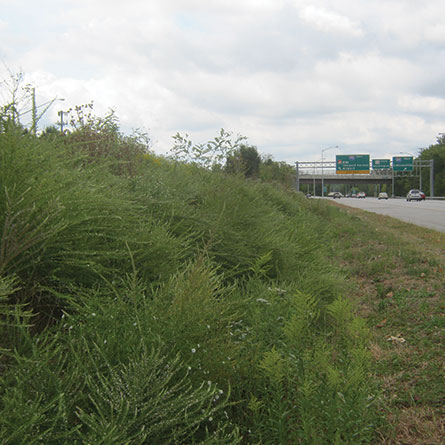
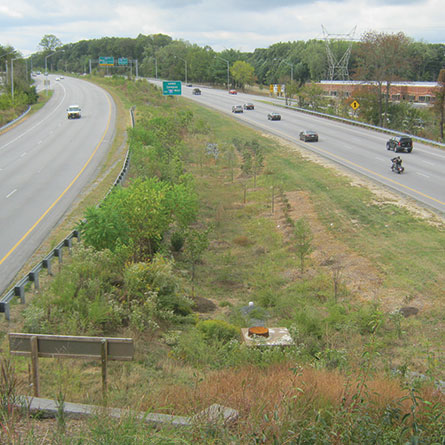
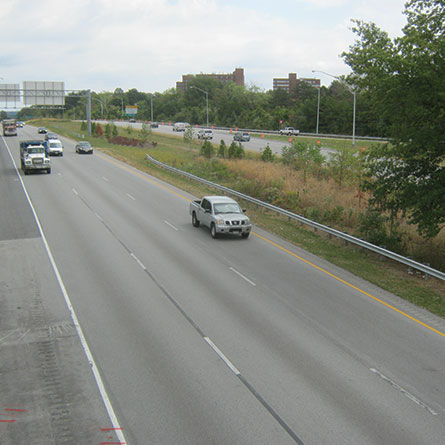
Services Performed
Project Highlights
Highways/Roadways
Median lanes were added to the Parkway while upgrading the 1940s design to modern safety standards. The roadway alignment was developed to preserve existing bridges while allowing adequate shoulder width. Median grading provided visual interest while screening the opposing roadway direction.
Water Resources
Stormwater treatment criteria were met by use of traversable grass-lined channels with integrated landscape buffers, supplemented by forested dry basins. This improved water treatment while avoiding impacts to additional mature forest, integrating with project aesthetics, and meeting airport-zone treatment requirements.
Traffic
Construction required maintenance of all lanes during peak hours and during events in Baltimore City, while minimizing delays for patrons headed to the airport. The project also included modernization of lighting in ramp areas, and replacement of all overhead sign structures.
